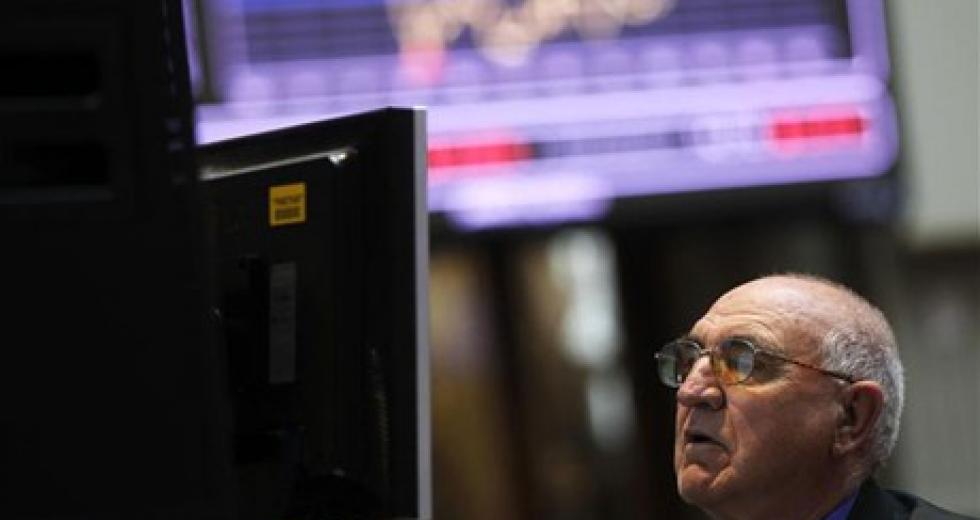
The cost of borrowing money from the markets has been yo-yoing around the 6% mark as so-called market sentiment passes judgement on Spain's outlook.
Yesterday the markets seemed to believe that Spain was a better bet than it has been, with the interest rates charged on its debt falling to 5.89 percent. Spain had planned to raise 3 billion euros in their bond auction, but managed to exceed expectations by raising 3.2 billion euros.
Nonetheless, the situation remains grave. One good measure for how a nation is viewed by the financial markets is the cost of insuring against the non-replayment of government debt. This insurance is bought using a derivative called a Credit Default Swap, and this week the cost of those rose to a record high. It now costs £500,000 to insure £10 million of Spanish debt over five years. It costs £70,000 to insure the same amount of German debt.
Spain hasn't issued many longer term bonds recently, which means that on average the time until their outstanding debt matures and has to be paid back is shortening, like a lit fuse.
Even the mainstream media is giving recognition to the seriousness of the situation, with Liam Halligan warning in the Sunday Telegraph that the Spanish debt bomb is about to explode. "The spectre of another eurozone bailout looms large, only this time far bigger than Greece, involving much larger numbers and in one of the world's major economies."
The point that neither Mr Halligan nor his media colleagues will make is that it is the banks and the banking system which are the cause of the problem here.
While Spain carries its huge budget deficit and weak economy, it is the Spanish banks that are the biggest cause for concern.
Total borrowing by Spanish banks from the European Central Bank doubled in March compared to February, coming in at 316 billion Euros. Spanish banks now account for nearly 30% of all European bank lending from the ECB.
Until the banking system is placed in administration and its systemic debts reorganised, Europe and the world will be stuck in this cycle of debt piled upon debt, requiring bailout after bailout.
